May 3, 2024 | 16:04 GMT +7
May 3, 2024 | 16:04 GMT +7
Hotline: 0913.378.918
May 3, 2024 | 16:04 GMT +7
Hotline: 0913.378.918
Editor's note:
On April 22, Minister of Agriculture and Rural Development Le Minh Hoan made an important speech at the Conference on Implementing Politburo's Resolution 13-NQ/TW dated April 2, 2022, on Socio-economic Development Orientation and National Defense and Security in Mekong Delta by 2030, with a vision to 2045. Vietnam Agriculture Newspaper respectfully publishes his speech with the title set by its editors' board.
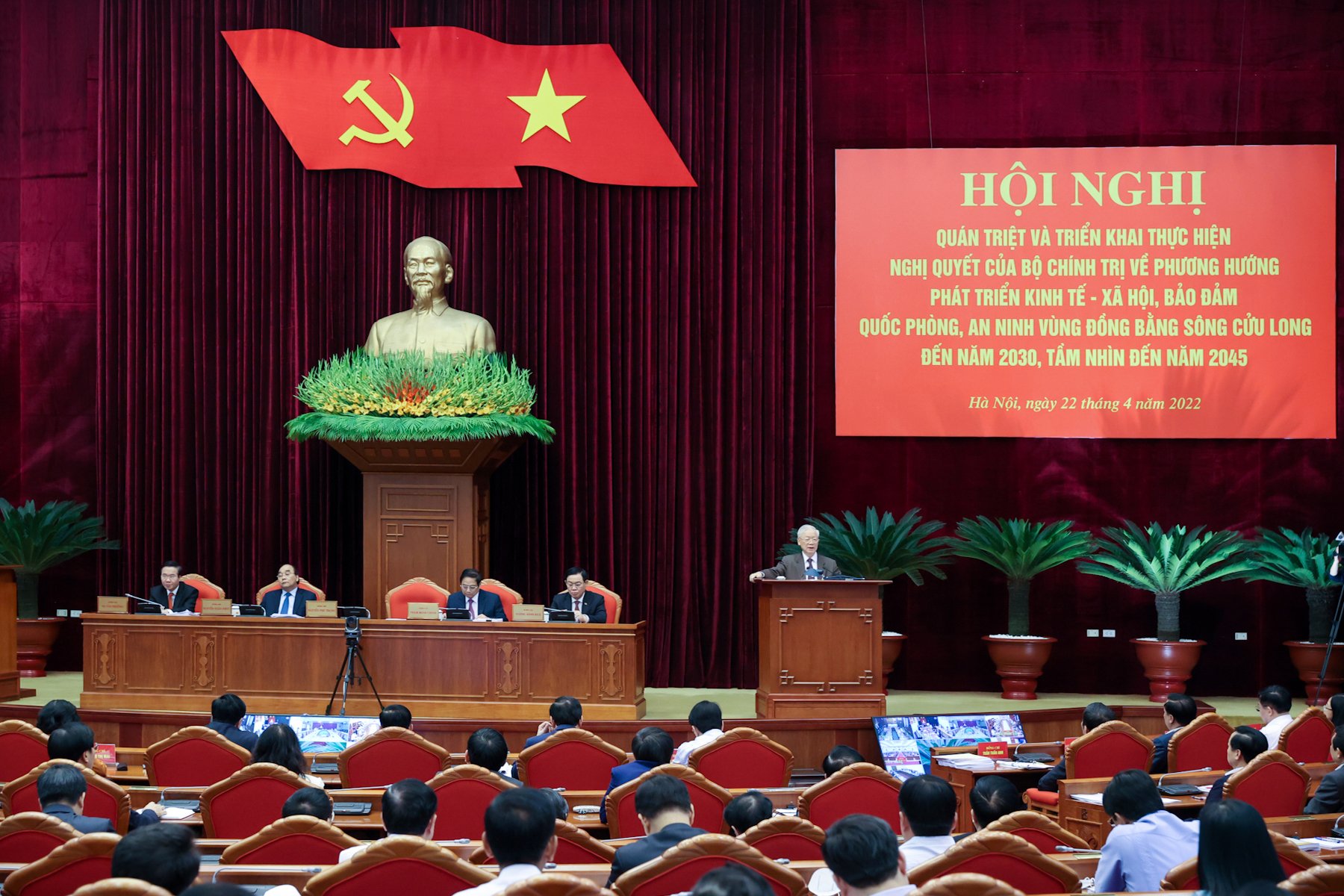
Party General Secretary Nguyen Phu Trong delivers a speech at the Conference on Mastering and Implementing Politburo's Resolution on Socio-economic Development Orientation, and National Defense and Security in Mekong Delta by 2030, with a vision to 2045.
Mekong Delta is the key agricultural area of the country including aquatic products, fruit, and rice. Although rice is no longer a monopoly as it once was, it plays a strategic role in food security, making an important contribution to agricultural growth and the livelihoods of millions of farmers. "Climate change, market fluctuations, changes in consumption trends", along with the orientation of "commodity, ecological and sustainable" agricultural development following Politburo's Resolution 13.
I share with the Conference the sincere confession of an old farmer in the western region: "We just need a good price for the rice then we-the farmers are ready to go to the fields and sleep there to take care of the rice. If rice prices are low, farmers will leave their fields, and that is really food insecurity." According to a survey on population living standards in the average annual value added per hectare, rice farming is about 2 to 3 times lower than that of other crops and aquaculture.
If only based on the criteria of area, productivity, and output alone, the risk of "farmers abandoning their fields because of low rice prices" still exists. I think this is also a common concern of local authority leaders before a curse that income from agriculture is low, income from rice cultivation is even lower, just like those who keep more forests will face more difficulties.
Recognizing this worrisome situation, many localities in the region have boldly piloted to adjust and innovate farming models. “Fragrant rice - clean shrimp”, “converting from monoculture of rice to multi-cropping, intercropping”, “raising shrimp under the forest canopy” or “combining tourism and culinary services in rice fields” have helped farmers on Ca Mau peninsula, Dong Thap Muoi, Long Xuyen Quadrangle "live healthier" with a better income.
Start-up models in agriculture, ecological agriculture, organic agriculture, towards "green, ecological and sustainable agriculture" are gradually replacing the situation of "land addicted to inorganic fertilizers like humans addicted to opium or like brown planthoppers hollowing out the whole crop”.
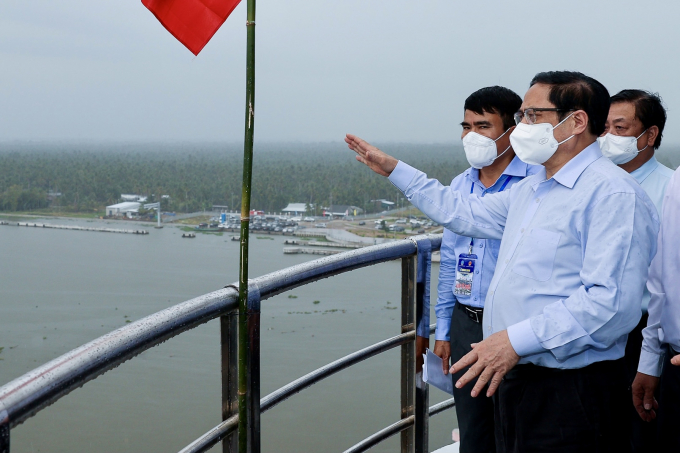
Prime Minister Pham Minh Chinh inspects Cai Lon - Cai Be irrigation works.
Thanks to models such as the "shrimp hugging rice plant" as the locals call it, rice plants are no longer standalone. Soil has more time to "breathe" and "rest", to build up alluvium. The quality of the rice grain has gradually improved, and livelihoods have also expanded thanks to the benefits of shrimp, fish, multi-crop, and intercropping. This can be seen as a direction in line with the current trend that the rice export market is increasingly prioritizing quality, and green consumption is an irreversible trend.
Consumers gradually reduce the quantity of goods but pay more attention to the farming process, food safety, and hygiene.
Conclusion 81 of the Politburo and Resolution 34 of the Government on "Ensuring national food security until 2030" is consistent with the view: "Keeping rice land is necessary to ensure national food security but must ensure the livelihood and income for rice growers, on the basis of promoting the resources of the State, the people, and all economic sectors".
Moreover, the concept of "food security" is gradually being expanded to "food, food security, and nutritional balance". With this perspective, cultivation land in general, and rice land in particular, has been approaching the direction of "multi-function, multi-use", towards the "optimizing of added value per unit area". That is the shift from "agricultural production thinking" to "agricultural economic thinking" as defined by the Strategy for Sustainable Agriculture and Rural Development.
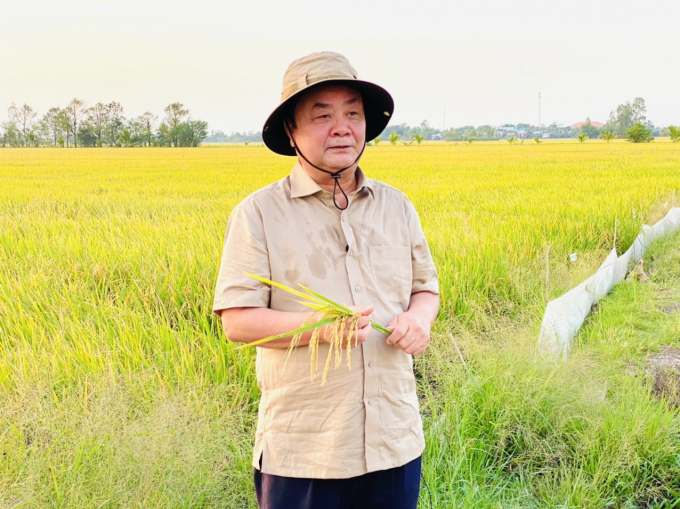
Minister Le Minh Hoan visits a rice field in the Mekong Delta.
The Mekong River has nine gates and two lines. The abundant water resources of Tien and Hau rivers and fertile soil have created a brand of rich and generous land. But that was about the past. Climate change, saltwater intrusion, and decline in water resources have made some estuaries be deposited and then disappear. Flows are more or less affected by dams and reservoirs upstream causing floods and landslides, etc... Determining the urgency of this challenge, Politburo's Resolution 13 emphasizes the view of regional development: "take water resources as the core factor".
Water resources are not only limited to “freshwater”, but also “brackish water and saltwater”. Water resources are closely linked with diverse agro-ecological zones that are based on water sources, including: "freshwater ecological zones, saline - brackish ecological zones, alternate freshwater, and brackish transitional zones".
The spirit of "proactive, flexible" adapting to changes will continue to open up new development opportunities.
With the principle of "controllable favorable weather", regional and sub-regional irrigation works will continue to be exploited effectively, organized, managed and operated in a unified and safe manner, in line with the agricultural transformation and restructuring orientation. The Cai Lon - Cai Be irrigation system which has just come into operation is a typical example. At the same time, non-structural solutions, improving community capacity, and improving people's livelihoods will be harmoniously and synchronously combined.
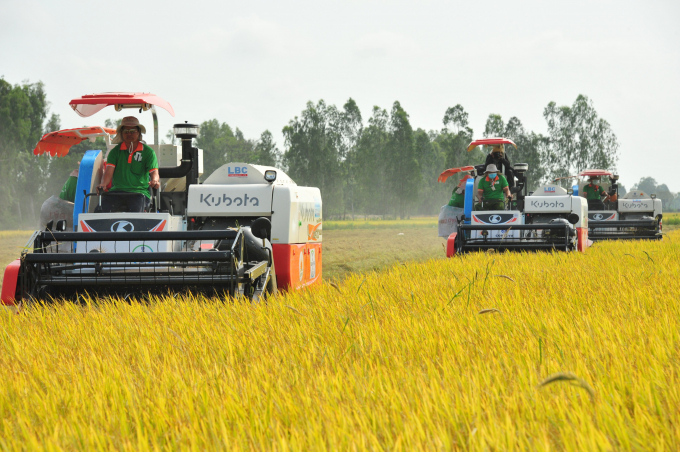
The Mekong Delta is a key rice production area of the country, with a total of about 3.9 - 4 million ha/year giving an output of 24 million tons of rice/year.
Following the guidelines of the Party and State with the support and investment of the Government, and a proactive determination of local Party committees and authorities, the business community and farmers firmly believe that, in the next few years, when the urban transportation, irrigation, disaster prevention, and logistics infrastructure systems are completed in agricultural and rural areas, the Delta will have a very different "new face".
Certainly, the flow of agricultural products into the market will be faster with costs to be lower, and the competitiveness to be higher. Businesses, investors, especially those in the fields of agriculture, rural areas, high-tech agriculture, deep processing, energy industry, and tourism, etc. will come more along with the Delta.
The "bottleneck" on a low-lying area of infrastructure is gradually removed. We need to remind each other that, no matter how much infrastructure is invested, if they does not adequately solve the internal raw material problems that are "both similar, both fragmented" and without a strong "link - cooperation", the imbalance in supply and demand of agricultural products is still difficult to improve.
We should also consider all agricultural products that farmers in the Delta are creating, are just "products" in the field, in the garden, in the pond, but have not yet brought in value. Only when they become "commercial", that means they reach the market smoothly, by meeting market standards with competitive prices and optimal production costs, farmers will escape from a "curse" of "good harvest resulting in low prices". It is the way towards a high standard market, creating high added value and increasing income for farmers. To achieve that strategic goal, when and only when "reorganization of production" begins, with a focus on developing cooperatives with a proper function, the situation of "fragmentation and smallness" will be resolved.
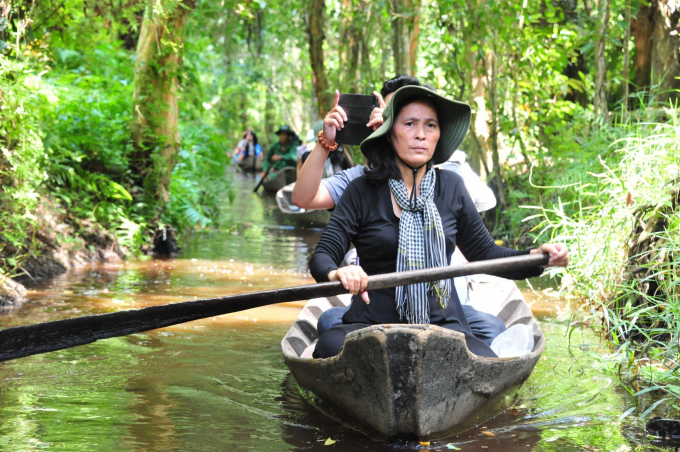
Besides being a major "barn" of agricultural products in the country, the Mekong Delta also has great potential for tourism development.
Coordination in the commodity chain and regional and sub-regional linkages among localities need to be a fosus since the beginning of the crop, but not just when agricultural products have become stagnant after harvest. Each locality needs to actively expand the connection and development space. Land can be fragmented, and administrative units can be divided by geographical boundaries, but thinking and economic space cannot be so. Traffic is now gradually smooth and seamless so why can't the people in the Delta including farmers, businesses and leaders connect with each other?
After the recent Conference, MARD has actively implemented a program in cooperation with the People's Committees of 13 provinces and cities in the region. Simultaneously, the Mekong Delta Coordination Office for Agriculture and Rural Affairs based in Can Tho city has come into operation.
According to an expert, despite facing many difficulties and challenges, under great impacts of nature, if Mekong Delta knows how to overcome them properly, it is fully capable of becoming a prosperous region, setting a model for other deltas in the world and confidently building the brand name "Mekong Delta" to light up the "Aspiration of Agriculture in the Nine Dragons Land".
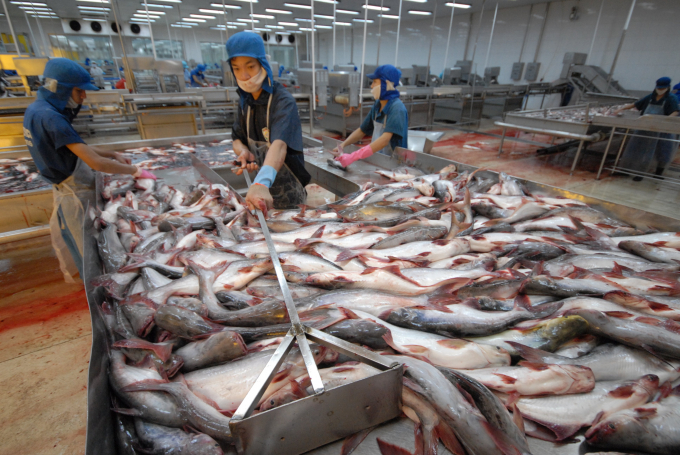
Catfish and shrimp are also the strong products of the Mekong Delta, contributing billions of dollars to its export turnover.
It was very emotional watching a national television report on Mekong Delta broadcasted 2 days ago to prepare for today's Conference. The image near the end of the report is really worth thinking about. A dry river and a barren field due to lack of silt, loss of nutrients and the abuse of chemical fertilizers. A coastline eroded, dragging forests into the sea.
But at the end of the report, optimistic feelings emerge when images of rice fields laden with grain, orchards with fruit, rice-shrimp fields and green forests beside wind-powered propellers appear on the screen. These are the images we have always wished for agriculture, rural areas, and farmers in the Mekong Delta to achieve from the Resolution 13. And that is also the first step the Deltain realizes the guiding ideology of the Resolution of the 13th Party Congress: "Strictly linking agriculture with industry and services; production with preservation, processing, branding, consumption, and value enhancement of agricultural products in value chains”.
Translated by Linh Nguyen
/2024/05/03/2341-2-152131_770.jpg)
(VAN) 'Not every place can combine marine farming and tourism, but wherever we can do, we should do', Dr. Nguyen Chu Hoi said.
/2024/05/03/4925-2-074727_158.jpg)
(VAN) Across the country, there have been 15 forest fires occurring in the provinces of Son La, Dien Bien, Lai Chau, Quang Tri, Nghe An, Ca Mau, Kien Giang, An Giang, etc.
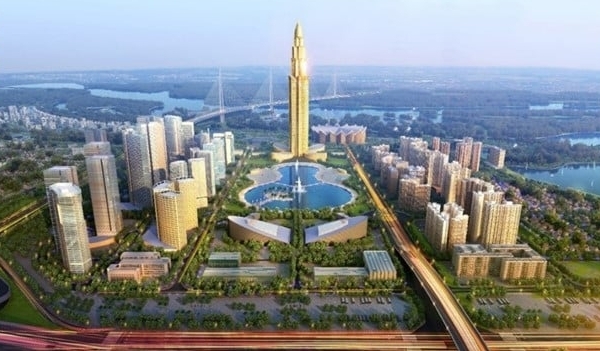
(VAN) Sumitomo Group and BRG Group is expected to develop North Hanoi Smart City, which is the first carbon-neutral urban area in Vietnam and the world.
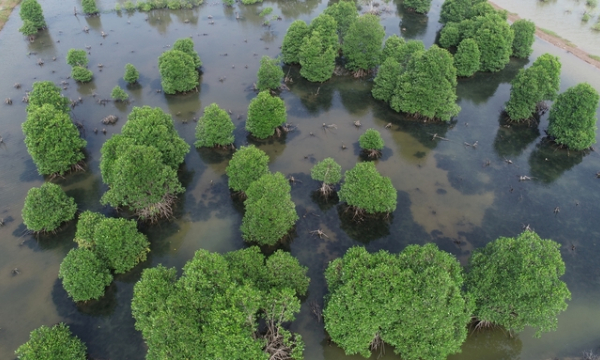
(VAN) Other markets, such as Japan, Korea, and the United States, will follow in the EU's footsteps, as this is an important trend in green transformation, carbon reduction, and the pursuit of sustainable development.
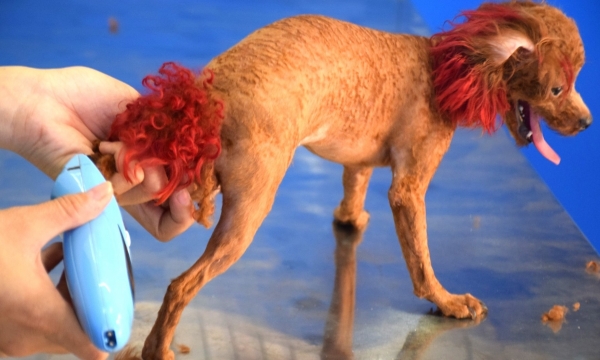
(VAN) Pet treatment and beauty spas need skilled expertise and experience to manage their aggressive responses, like as biting.
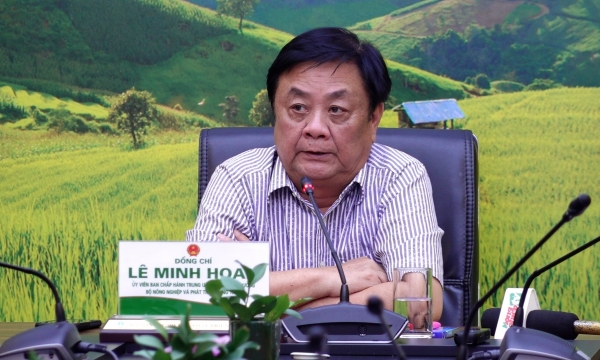
(VAN) Minister of Agriculture and Rural Development Le Minh Hoan chaired a conference on April 25 to discuss measures for preventing drought and saltwater intrusion in the Mekong Delta and addressing future difficulties.
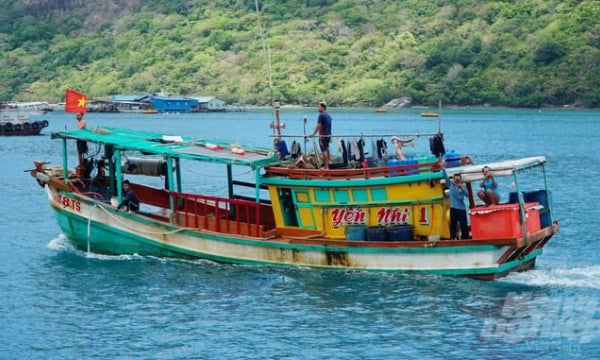
(VAN) 'The IUU yellow card must lead to sustainable fisheries, with increased aquaculture and reduced exploitation,' Minister Le Minh Hoan reflected.